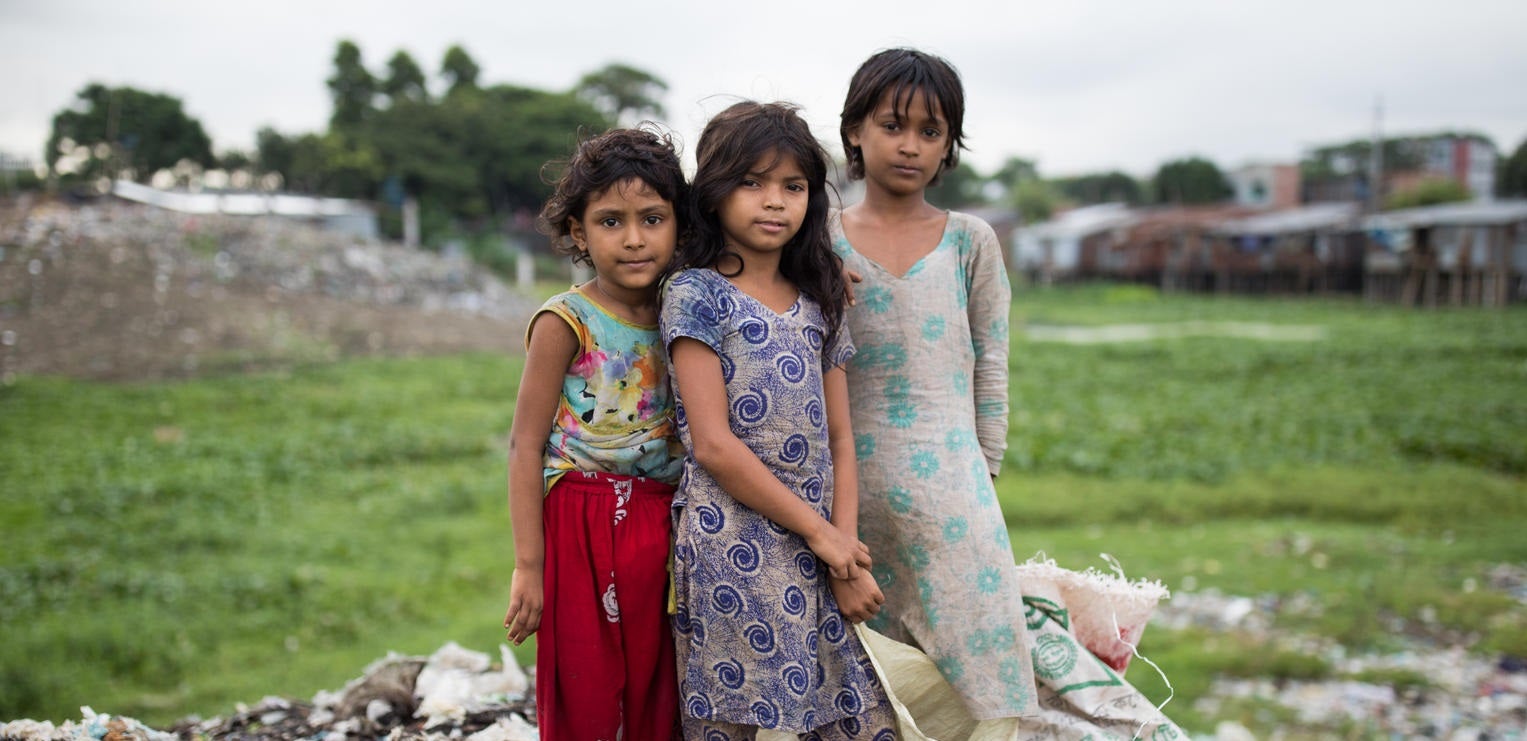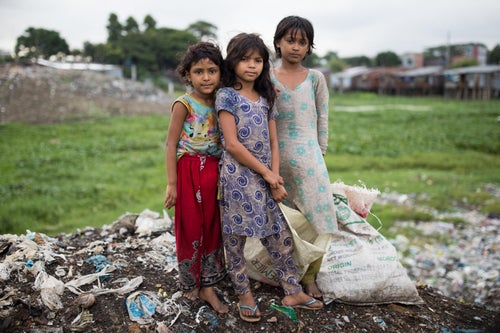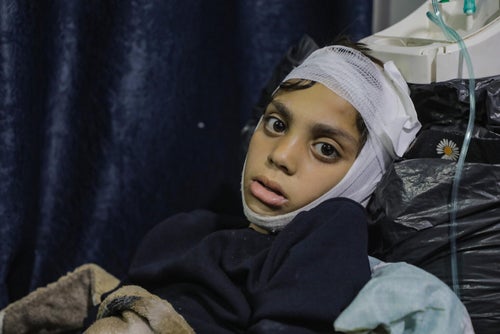When the newspapers and social media posts move on, UNICEF stays. Through every emergency, no matter where or what, we stay and deliver for children.
Thanks to the generosity and support of people like you, UNICEF has helped save more children’s lives than any other organisation in the world. Sadly, our work is far from over. Today, there are more children in need of humanitarian assistance than at any other time since the Second World War. Children and their families around the world are confronted with a deadly combination of crises, including conflicts, displacement, disease outbreaks, and an alarming rise in malnutrition rates. Meanwhile, climate change is exacerbating these crises while simultaneously triggering new ones.
But we believe there is hope. UNICEF knows how to reach children at greatest risk and in greatest need. Whether it is providing winter clothing, establishing safe spaces for displaced families, or supplying therapeutic foods such as Ready-To-Use Therapeutic Food (RUTF), UNICEF is on the ground, from Bangladesh to Yemen, from Pakistan to South Sudan.
Flexible funding from partners and donors is critical in enabling us to respond quickly – wherever the need is greatest – while also preparing for future threats. These are 10 emergencies that need more attention and support in 2023.
1. Malnutrition in Papua New Guinea
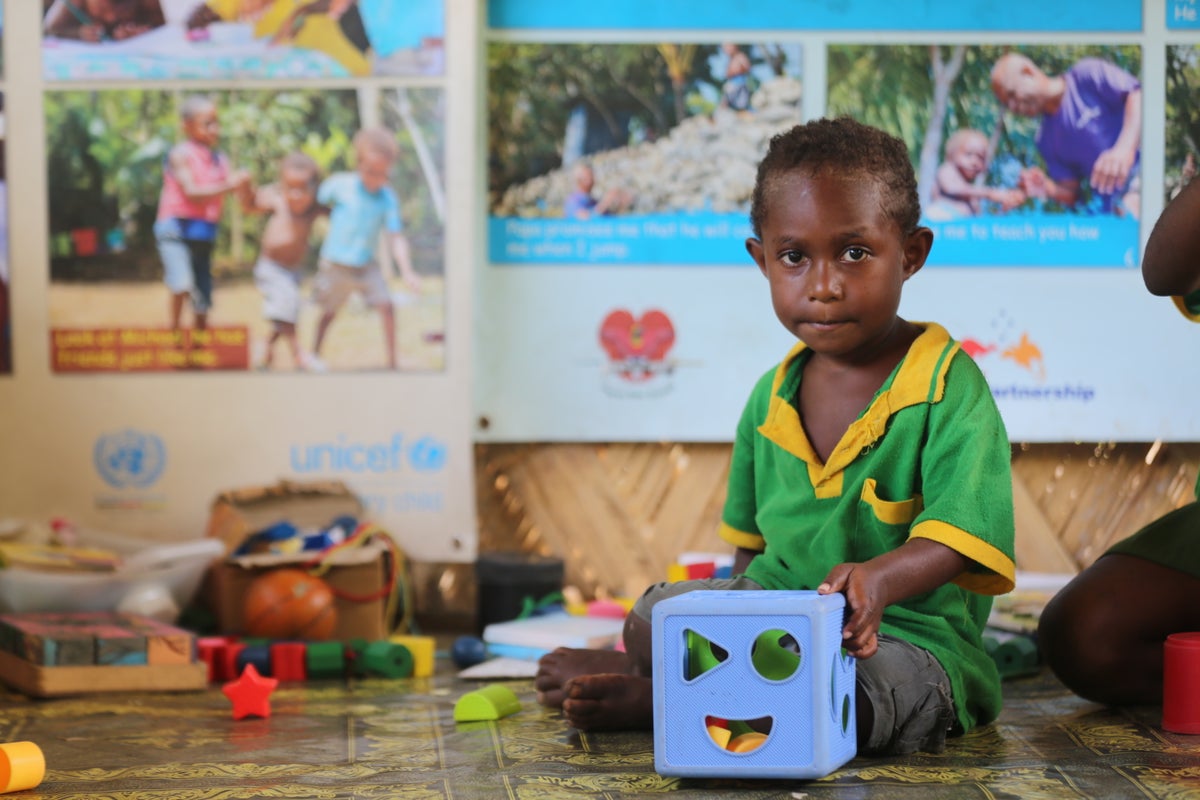
Malnutrition is a persistent problem in Papua New Guinea (PNG), with serious implications for the future of the nation. Almost 1 in every 2 children under five are suffering from stunting - one of the most serious forms of malnutrition. This condition can have a long-lasting physical, cognitive, and emotional effect on children.
The impacts of malnutrition cannot be underestimated. 85% of a child’s brain development happens in the first three years of life and if a child doesn’t get the nutrients they need this critical window is missed.
"Addressing the malnutrition crisis in PNG is essential to not only protect the health of children today but also for laying the foundations for their entire future."
UNICEF is working with partners to grow and expand high-impact nutrition practices in disadvantaged communities. This includes working with government to develop a national nutrition policy which will improve nutrition across the country into the future.
2. Climate emergency in the Pacific region
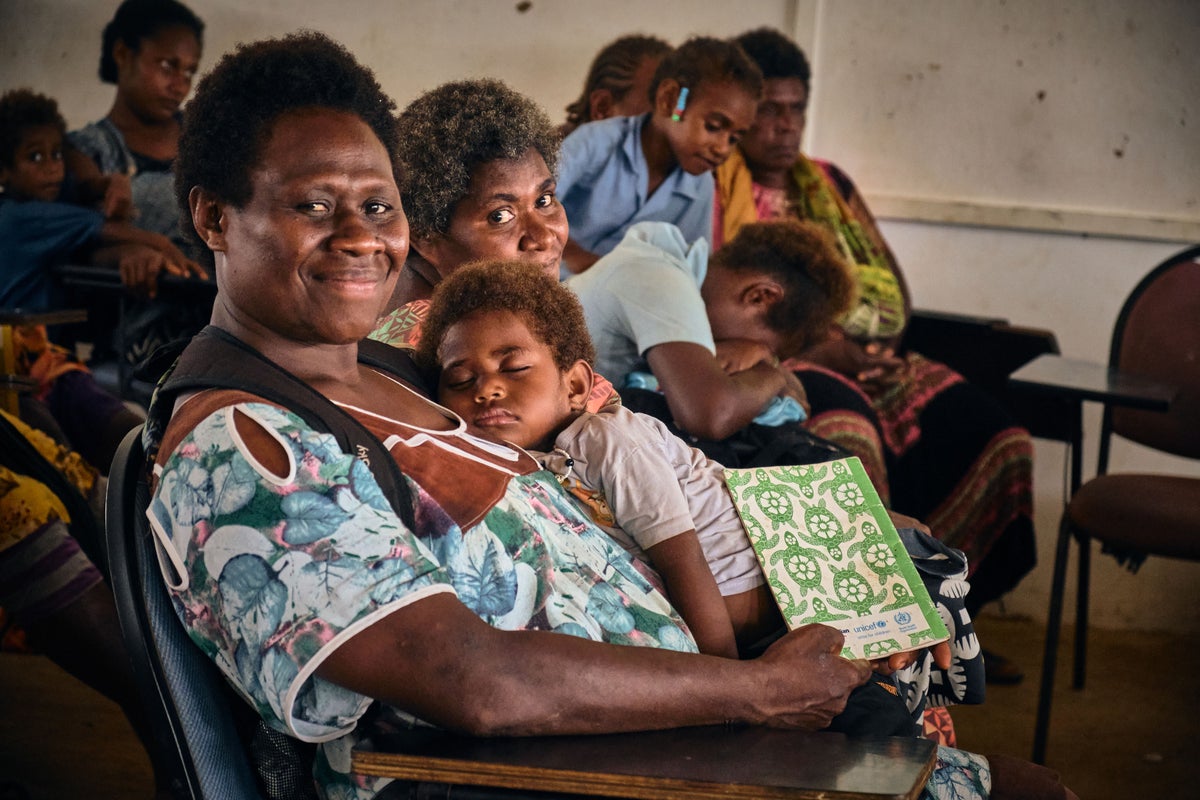
Every child in the world is already affected by at least one climate or environmental shock, and over one billion are at extremely high risk. In the Pacific Islands Countries and Territories (PICTs), the situation is particularly concerning. The region is one of the most affected and vulnerable areas to the impacts of climate change and five PICTs are among the top 20 most at-risk countries in the world, including Vanuatu, Solomon Islands, Tonga, Fiji and Kiribati.
The climate crisis is a child rights crisis. UNICEF believes safeguarding children’s future is just as essential as providing immediate emergency relief during times of natural disasters.
The needs and priorities of children and young people during and after natural disasters are often invisible. Beyond our emergency response, the best investment we can make for children in the Pacific Islands region, is to ensure the services they need to survive, grow and thrive are resilient to climate and environmental shocks and to support them with the education and skills they will need to adapt and create a green transition and better world.
Always there before, during and after an emergency, UNICEF is committed to ensure that every child, adolescent, and community live in a clean, healthy, and sustainable environment, today and in the years to come.
3. Uncertainty for Rohingya children in Bangladesh
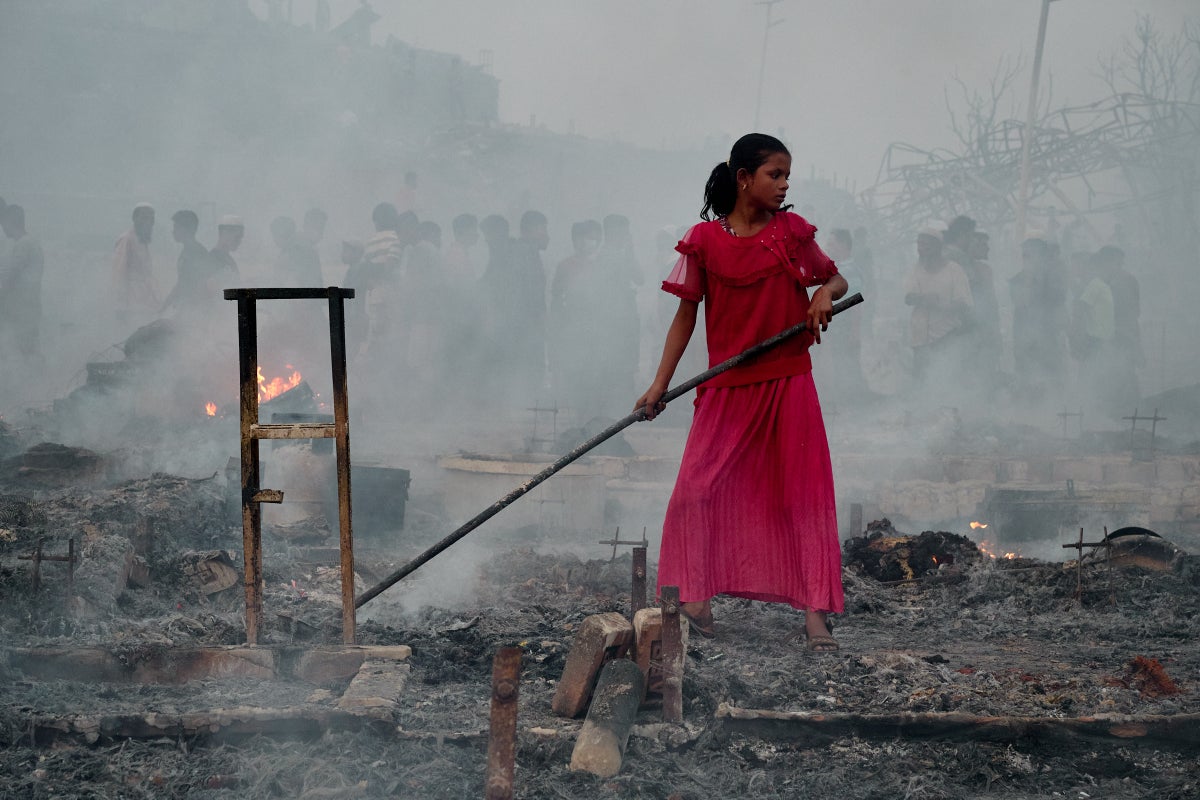
Hundreds of thousands of Rohingya families fled violence in Myanmar. But almost six years later, uncertainty about the future still grips those living in the world’s largest refugee settlement. Most Rohingya children and adults, have no legal identity or citizenship and statelessness remains a significant concern.
UNICEF has been on the ground in the refugee camps in Bangladesh from day one and is still there for every Rohingya refugee child who needs clean water, health care, protection, nutritious food and education.
All children deserve equitable and inclusive access to education. To help prevent a “lost generation,” UNICEF and partners have enrolled more than 300,000 children in classes. Rohingya children and their parents have made it clear that they want an education based on the Myanmar curriculum.
4. Ongoing conflict in Yemen
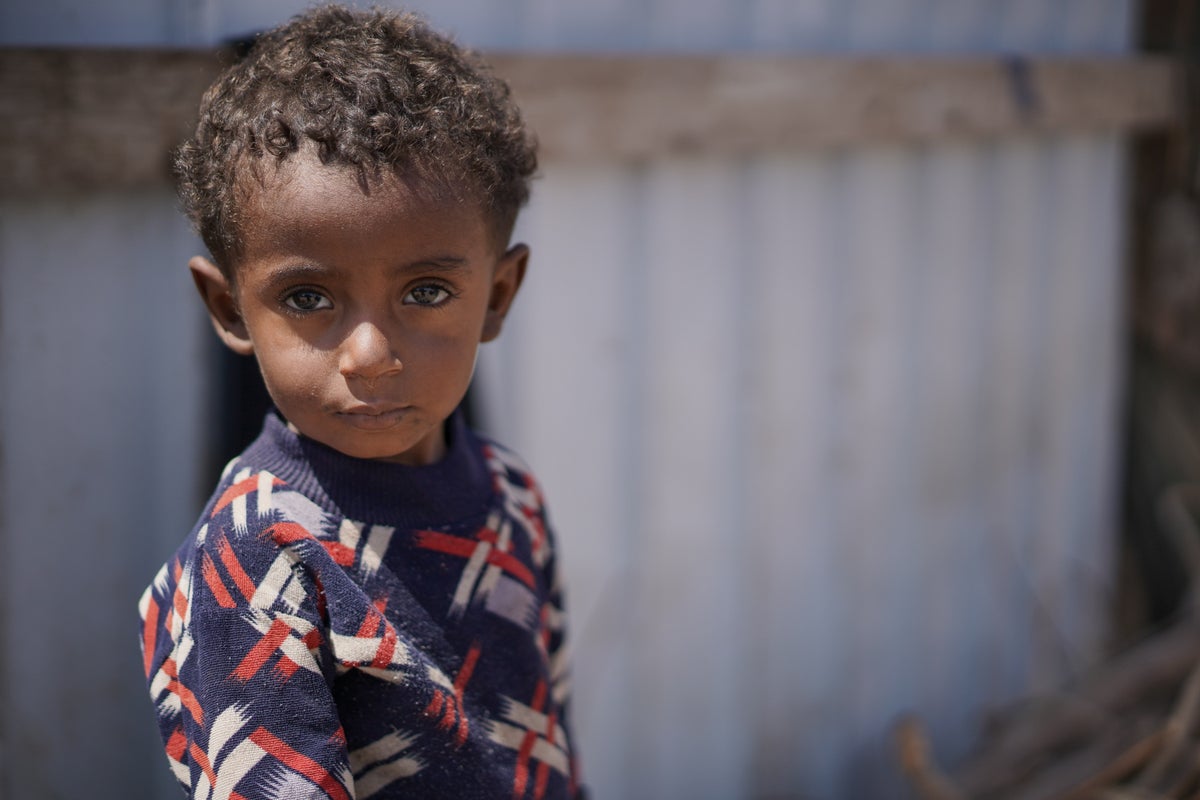
The ongoing conflict in Yemen has had a devastating impact on children, with vital services on the brink of collapse after eight long years.
Tragically, children are losing their lives and suffering debilitating injuries due to a conflict they have no role in. Widespread conflict, massive displacement, and recurring climate shocks have left over 2 million children acutely malnourished with the total number of children needing humanitarian assistance is almost 13 million.
UNICEF is working tirelessly to combat malnutrition through community-based activities such as early detection and nutrition counselling. UNICEF has also been able to provide access to safe drinking water to millions of people through water trucking, the installation of water distribution points, and the expansion of water supply systems to internally displaced people’s camps.
"Thousands of children have lost their lives, hundreds of thousands more remain at risk of death from preventable disease or starvation. They all need immediate support as basic services have all but collapsed"
5. Hunger, malnutrition and natural disasters in South Sudan
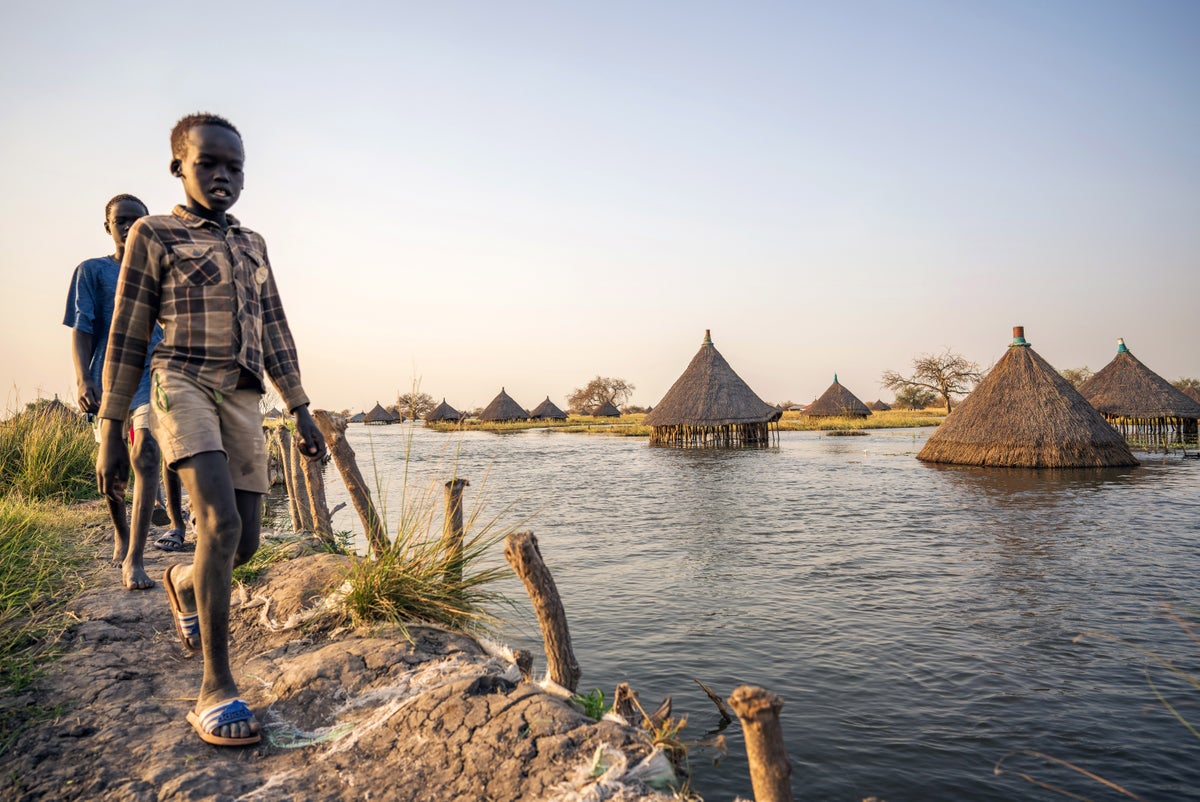
Unprecedented flooding in South Sudan has taken a devastating toll on families. Crops have been destroyed, grazing spaces for cattle and other livestock have been submerged and families have been forced to flee their homes. The needs of children have become even more complex, leaving millions in urgent need of assistance. With hunger and malnutrition on the rise across the flooded regions, some communities are likely to face starvation without sustained humanitarian assistance.
UNICEF will continue to work closely with our partners to ensure that children and families in South Sudan are not forgotten. To help prepare families for future climate shocks, UNICEF is also introducing measures like elevated infrastructure to help reduce the impact of repeated flooding. UNICEF is working to screen and treat children with severe acute malnutrition – the most lethal form of undernutrition, and one of the top threats to child survival.
Where the need is greatest
From devastating earthquakes to heartbreaking war, climate disasters and malnutrition crises, our goal remains the same – to be there for every child, no matter what.
6. Education under attack in Afghanistan
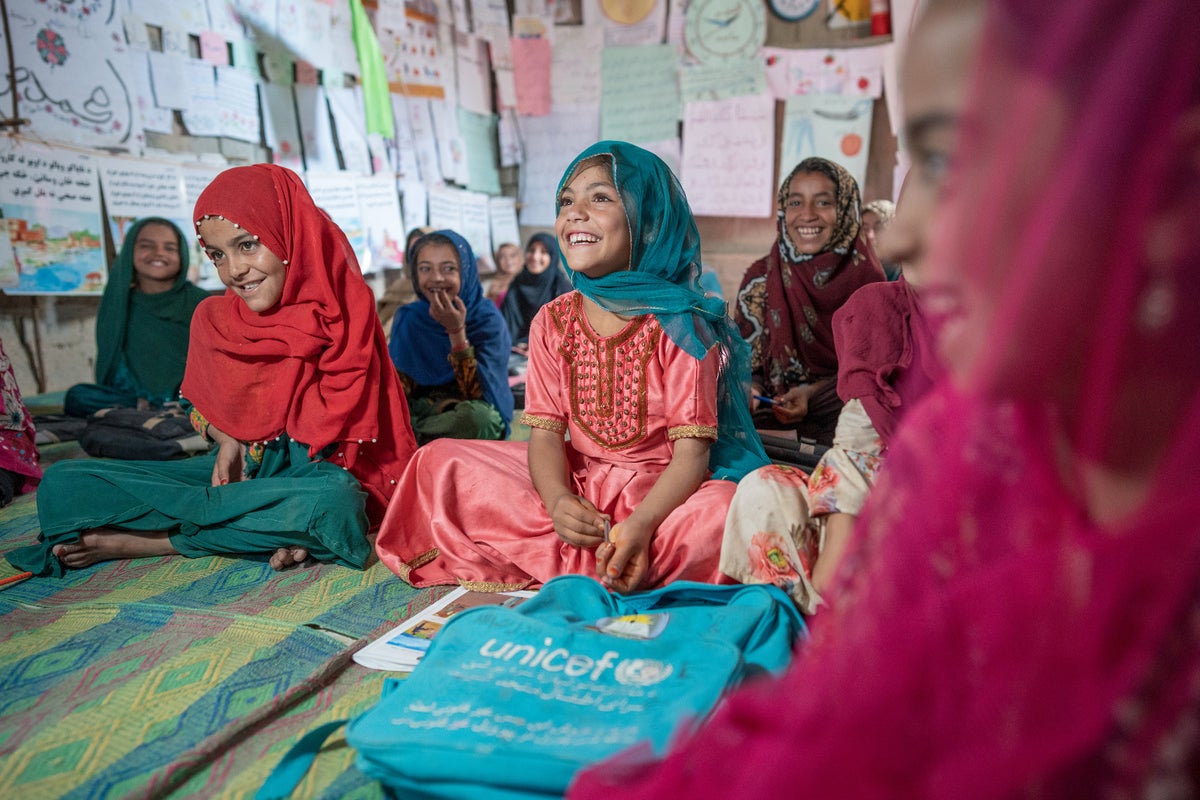
Afghanistan is one of the hardest places on earth to be a child. Currently four crises – conflict, drought, disease, and natural disasters – are making life for children even harder.
It is especially hard if you’re a girl living in Afghanistan. Girls have been held back from school for three consecutive years, firstly due COVID, and now because of the ban on attending secondary school. Girls' mental health, overall wellbeing, and futures are being severely affected by the accumulating impact of these restrictions.
"Going to school is the light of life. If we don’t go to school, our lives will be dark."
The restrictions affect 1.1 million adolescent girls, yet in the meantime, children and adolescents are being provided educational opportunities through almost 10,000 community-based education classes with the assistance of UNICEF and partners.
With so many urgent crises around the world, we must not forget the needs of the millions of children who are living a reality not of their making. UNICEF is committed to continuing its work for children across the world, including the hardest to reach and most vulnerable.
7. Violence and poverty in Haiti
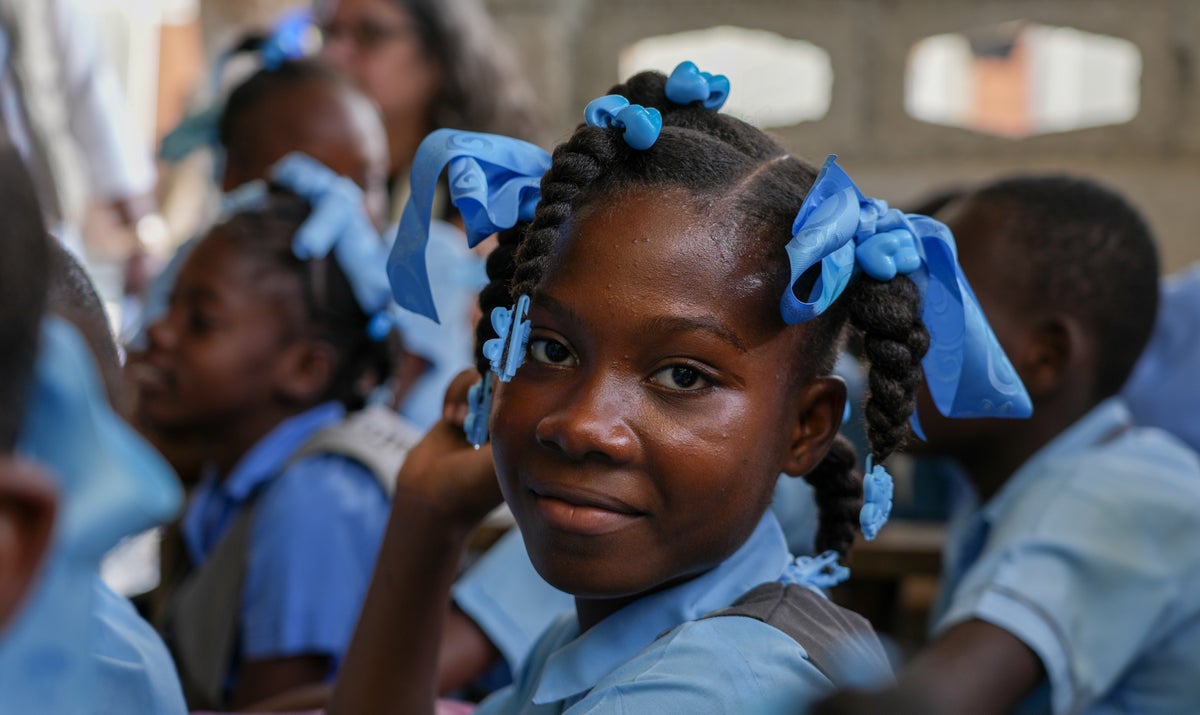
Haiti is facing a multitude of threats, including political turmoil, civil unrest, gang violence, crippling poverty, and natural disasters. A recent surge in cholera is posing yet another risk to the health and survival of children.
Despite the challenging and often unpredictable environment, UNICEF has been working with partners to step up efforts to protect families against cholera by delivering cholera kits and water purifying tablets and trucking in clean water. To contain malnutrition, UNICEF is also screening children for wasting to ensure that those who need help can be treated in mobile clinics and other facilities.
UNICEF’s efforts in Haiti remain ongoing and are unwavering in our commitment to providing life-saving support to those in need. We will continue to strive towards a brighter future for the children of Haiti.
8. Deadly drought in the Horn of Africa
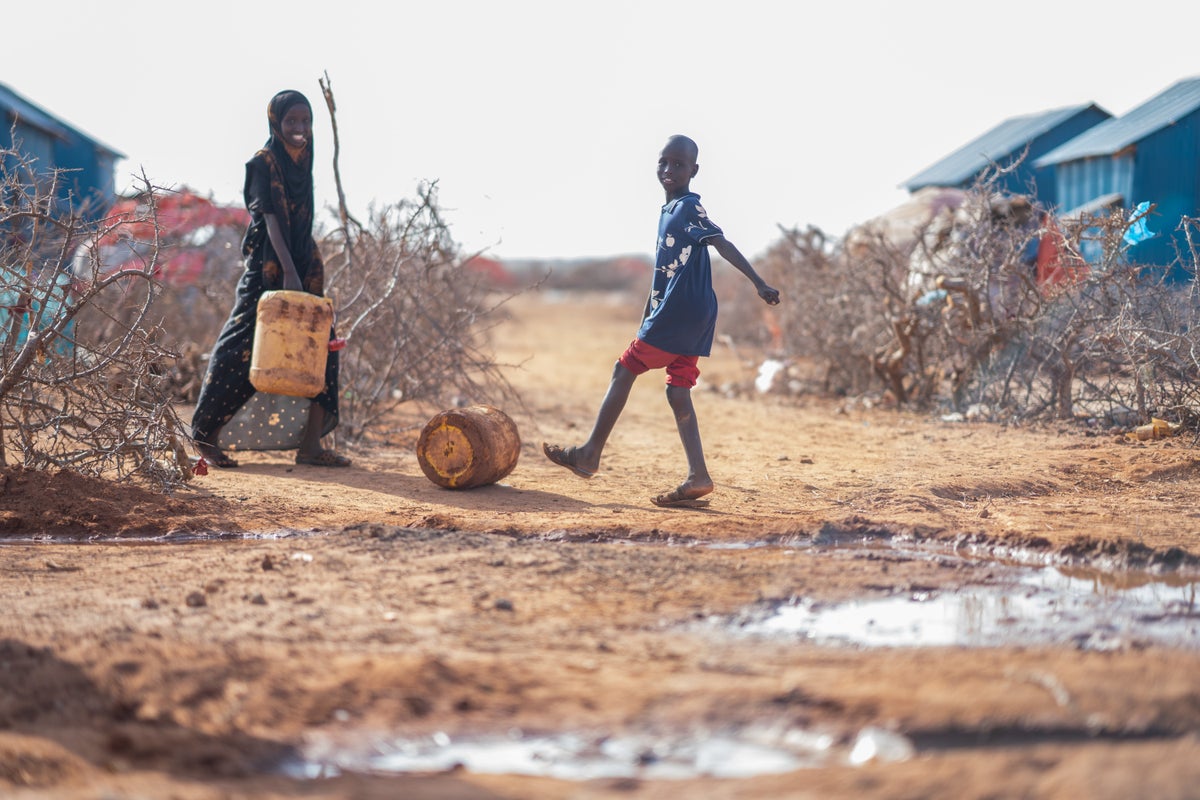
Children are facing a deadly drought in the Horn of Africa. The water crisis continues to devastate lives in Djibouti, Ethiopia, Kenya and Somalia. Below average rainfall over the last four years has created one of the worst climate related emergencies of the past 40 years. The drought has forced thousands of families to leave their homes in search of food and water, putting their health, safety, and education at risk.
"Today in Somalia, every single minute of every single day, a child is admitted to a health facility for treatment of severe acute malnutrition."
For already vulnerable children, there is the double threat of malnutrition and risk of water-borne diseases like cholera, which could result in loss of life in devastating numbers. UNICEF and its partners are on the ground to support children with life-saving treatment and supplies like Ready-to-use Therapeutic Food (RUTF) and will stay to help build longer term resilience to climate-driven emergencies.
9. Floods aftermath in Pakistan

Months after the historic flooding that left one third of Pakistan under water, many crops and villages remain submerged, and millions of children still urgently require life-saving assistance. Families are restarting their lives, rebuilding their homes from underneath the rubble left behind after some of the worst flooding most have seen in their lifetime.
Many children and their families are being forced to live in makeshift tents along the road or near the ruins of their homes, often near stagnant, contaminated water. As the weather changes, winter has brought along with it a different set of challenges.
UNICEF remains committed to responding to the humanitarian needs of children in Pakistan. We are working tirelessly to provide essential support, while simultaneously restoring and rehabilitating existing health, water, sanitation, and education facilities for families to return home.
10. Crisis on top of crisis in Syria

In Syria, children under 12 know nothing but war and conflict. Even prior to the earthquake, the issues for Syrians were complex and far reaching, with over 6 million children needing basic health services and 90% of Syrians living in poverty.
This latest natural disaster comes as a cruel reminder that for so many the struggles never seem to end.
The earthquakes destroyed families’ houses and left many children afraid to return home as the aftershocks continued. Families are displaced and living in cramped conditions in temporary shelters and camps. With cases of malnutrition and water-borne diseases already on the rise, the fear is that the situation will become disastrous for children if they don’t receive immediate humanitarian assistance.
UNICEF works with partners to deliver and scale up lifesaving treatment services for children suffering from severe acute malnutrition, provides essential health services and supplies, access to clean water and good sanitation to give more children a chance to survive.
From the Pacific, Afghanistan, Yemen, to the Horn of Africa: these crises can’t be forgotten. Through the world’s worst wars and natural disasters, UNICEF is there. For every child, no matter what.
Related articles
Stay up-to-date on UNICEF's work in Australia and around the world


